Navigating Through Applied Anatomy & Physiology – Step into Nursing with Confidence
Navigating Through Applied
Anatomy & Physiology – Step into Nursing with Confidence
Embarking on your BSc
Nursing journey?
Embarking on your journey of BSc in
Nursing is a moment of immense pride and purpose. Nursing is not just a
profession — it’s a lifelong commitment to healing, compassion, and critical
decision-making. It calls for sharp clinical acumen, unwavering empathy, and
above all, a solid grasp of how the human body is designed and functions.
At the very start of your academic path,
you’ll meet one of the most critical pillars of nursing education: Applied
Anatomy & Physiology. This subject is not merely another box to tick
off in your syllabus. It is the bedrock on which all your future skills,
patient assessments, interventions, and life-saving decisions will stand.
Why Mastering Applied
Anatomy & Physiology is Absolutely Essential?
Think about it - could you safely
administer injections, interpret subtle changes in a patient’s vital signs, or
assist confidently in surgical procedures without a clear understanding of
what’s happening inside the body? Without this foundation, nursing would be
reduced to guesswork, putting patients’ safety at risk.
- Anatomy gives you a detailed roadmap of
the body’s architecture — bones, muscles, organs, blood vessels, and
microscopic tissues.
- Physiology helps you grasp how all
these components work together seamlessly to keep life going.
When combined, this knowledge empowers
you to:
•
Recognize
the difference between healthy and concerning findings.
•
Conduct
patient assessments with insight, not just as a checklist.
•
Make
well-informed clinical decisions that directly impact recovery and safety.
The Real Hurdles Nursing Students
Face & How to win the Battle?
While Applied Anatomy & Physiology are
undeniably important, they are also two of the most challenging subjects for
first-year nursing students. Here’s why:
1. Intricate Diagrams That Can Overwhelm:
The Solution- Right Visual Support!
The human body is a marvel of complex
design. Learning its structures means delving into detailed anatomical
illustrations that can be intimidating and tough to memorize. The solution is
to repeatedly draw the diagrams till you learn each and every part of it by
heart. But keeping track of arteries, nerves, and tiny tissue layers isn’t easy
without the right visual support.
2. A Whole New Language: Medical Dictionary to
the Rescue!
From Latin names like sternocleidomastoid
to technical terms like glomerular filtration, the vocabulary itself
often feels like studying an entirely new subject. For many students, this
becomes a barrier to truly understanding the concepts. What to do? Well, get
into the habit of using a good medical dictionary! Here’s one to your rescue! CBS Medical Dictionary for Students and Practitioners
covers 35000+ medical terms,
600+ illustrations/tables/images and useful annexures
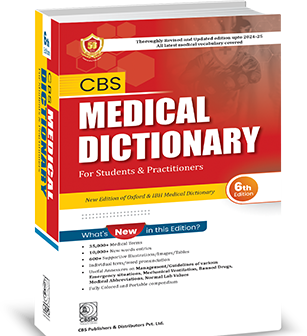
3. Complex, Interlinked Processes: Find
Your Relief in Comprehensive Books
Physiological mechanisms aren’t
stand-alone chapters. The way your heart pumps is tied to kidney filtration,
which affects blood pressure, which in turn impacts brain function. These
interwoven processes demand a big-picture understanding, something many struggle
to build. To get a wholesome grasp over the subject, use books that give a
comprehensive view of the subject.
4. Difficulty Connecting Theory to
Bedside Care: Tweak the Way You Study
Memorizing the cardiac cycle is one
thing. Understanding what it means when your patient’s BP drops or oxygen
saturation dips is another. Bridging the gap between textbook theory and real
patient scenarios is where many stumble.
Its not about reading, grasping and
memorizing the concept rather studying the inter-related concepts together and
building a storyline in your head. This enables you to apply the concepts in
practice.
Why You Need the Right
Guide on This Journey?
Because these two subjects underpin all
other nursing studies, gaps in anatomy & physiology knowledge can shake a
student’s confidence in future clinical rotations, affecting both exam
performance and hands-on patient care.
A subject, this crucial demands a
resource that does more than just list facts. It should simplify tough
concepts, use visuals that truly teach, and connect every idea to the practical
world of nursing. That’s why thousands of students across India turn to a name
that’s been trusted for decades — now specially adapted for nursing education.
B D Chaurasia’s Applied Anatomy &Physiology for BSc Nursing Students (2nd Edition)
(Updated
as per the Revised INC Syllabus 2021-22) Edited by Dr. Krishna Garg
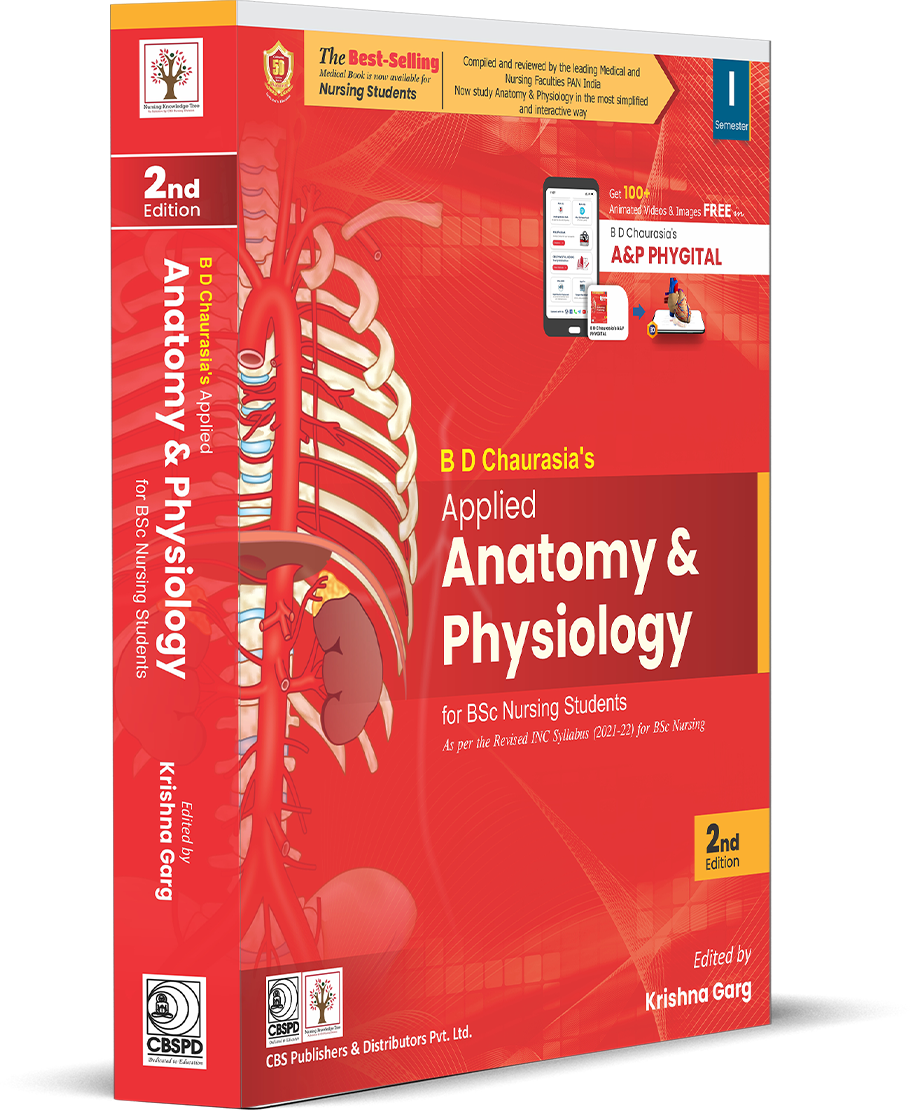
Crafted by India’s Top Experts
This edition isn’t just another
textbook. It has been carefully compiled and reviewed by leading medical and
nursing faculties from across the country, ensuring every page is both
academically sound and perfectly aligned with the realities of nursing
practice.
What Sets This Edition Apart?
- Thoroughly
updated and revised
to keep pace with the latest curriculum and clinical protocols.
- New
topics added
to reflect evolving healthcare needs and student feedback.
- Bigger,
clearer anatomical and physiological diagrams, plus added flowcharts that make
even complex ideas simple.
- A
completely new chapter on Basics of Genetics, giving you an edge in
understanding modern patient care.
- In-depth
sections on nursing implications, detailing assessments, diagnostic
tests, and diseases tied to each body system.
- 50+
fresh clinical case studies interwoven into chapters, transforming theory into
practical scenarios.
Why Students & Teachers Recommend This
Book
•
Tailor-made
for nursing: It’s
not a repurposed medical book. It’s written specifically for BSc Nursing
students, with clear links to bedside care.
•
Aligned
with the latest INC syllabus (2021-22):
Covers exactly what you need, ensuring you stay exam-ready and practice-ready.
•
First hybrid textbook of its
kind: Incorporates
interactive learning with 3D anatomy videos, animated physiology content,
and podcasts, turning reading into an immersive experience.
•
Reviewed by senior faculty
nationwide: So
you can trust its accuracy, clarity, and direct relevance to your future
clinical work.
•
An
integrated approach: Seamlessly
ties anatomy and physiology with nursing applications, so you always know how
what you’re studying impacts patient care.
🔍 Packed with Student-Friendly
Tools to Make Learning Easier
- 1000+
detailed illustrations and photographs, along with flowcharts, graphs,
and tables.
- 500+
key terms
spotlighted for quick review.
- 50+
histology slides
with must-remember facts.
- 50+
clinical cases
to sharpen your critical thinking and clinical judgment.
- 100+
animated videos and images to visually reinforce difficult concepts.
- 20+
chapter-wise assignments filled with subjective and objective questions to
test your understanding.
- Helpful
appendices featuring cadaveric images, organ charts, and last-minute
high-yield summaries.
Build Unshakeable Confidence for Your Clinical
Rotations
This book isn’t just about passing
first-year exams. It’s about preparing you to think like a nurse — recognizing
signs, anticipating complications, and delivering care that is safe,
compassionate, and effective. From interpreting why, a patient is struggling to
breathe, to understanding risks after surgery, your mastery of anatomy &
physiology will guide every decision you make.
Ready to Strengthen Your
Foundation?
Available now at bookstores nationwide
and online platforms. For more information log on to www.cbspd.com or connect with us at
9599779677
Get your copy today and step into your
clinical practice with clarity, competence, and confidence!
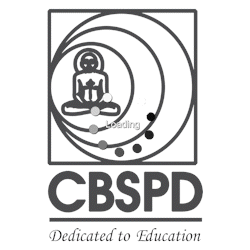
.png)
.png)
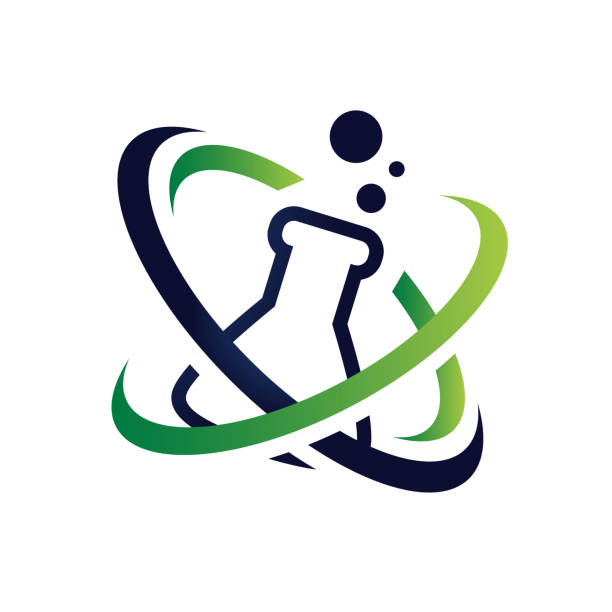
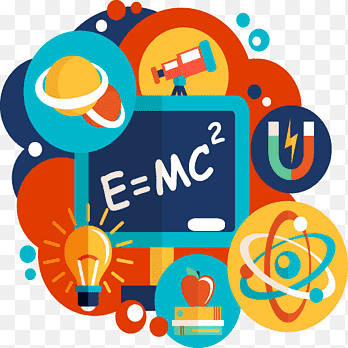


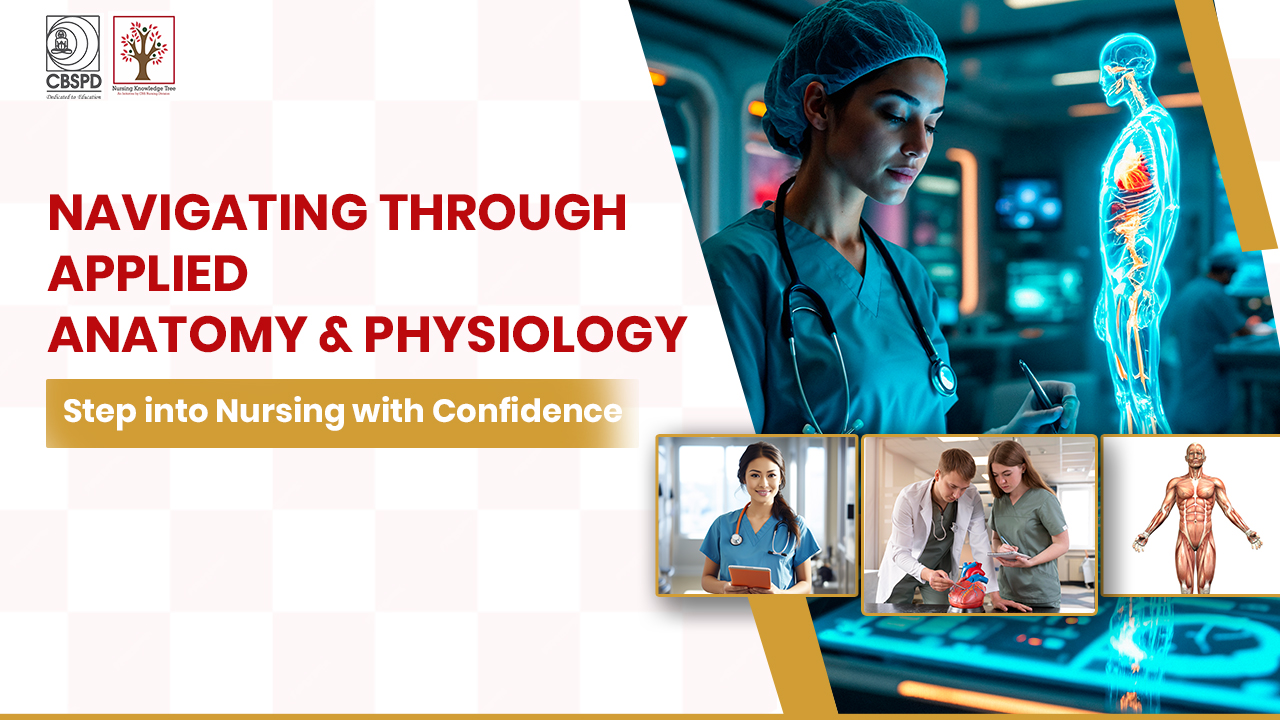
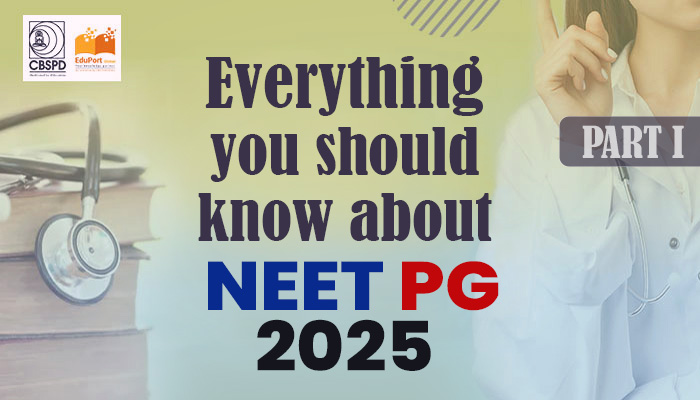
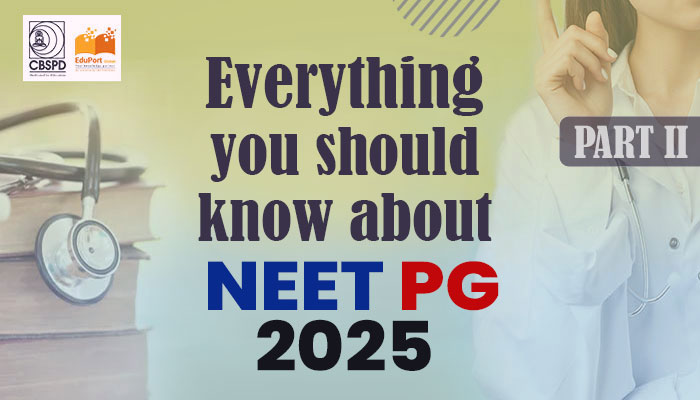
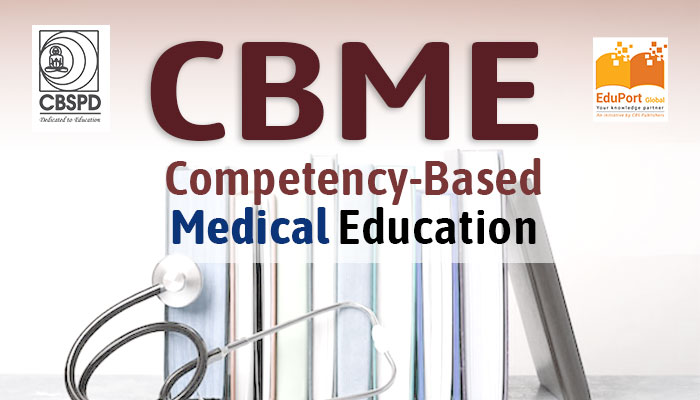
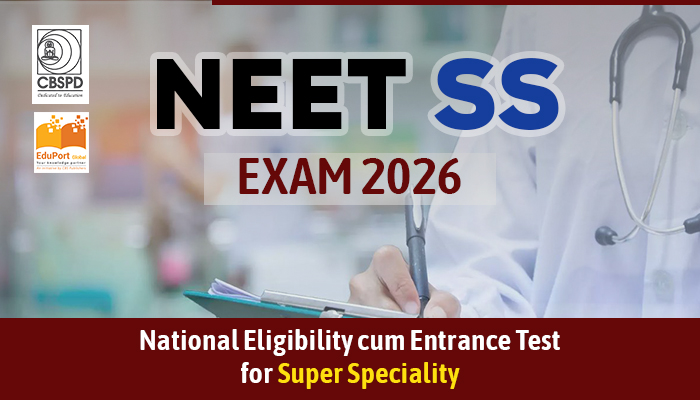
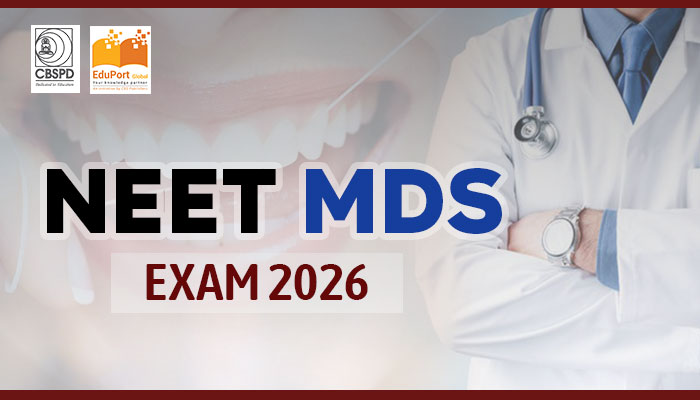
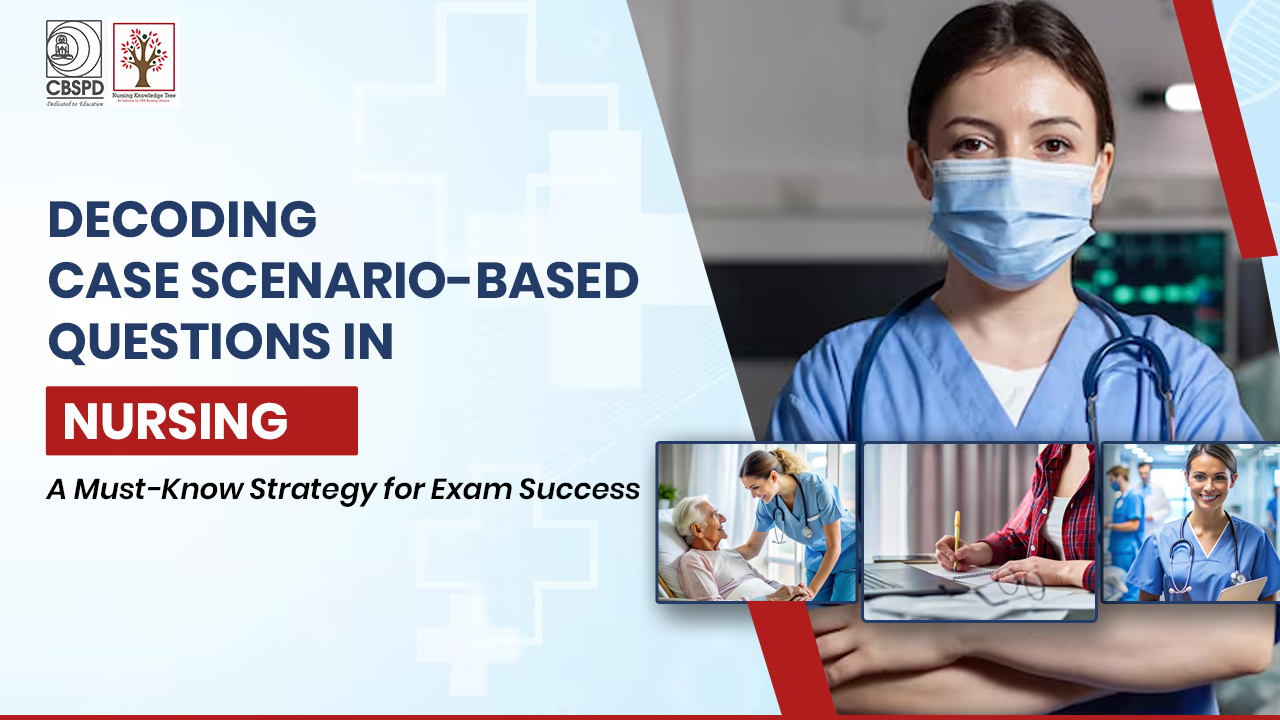
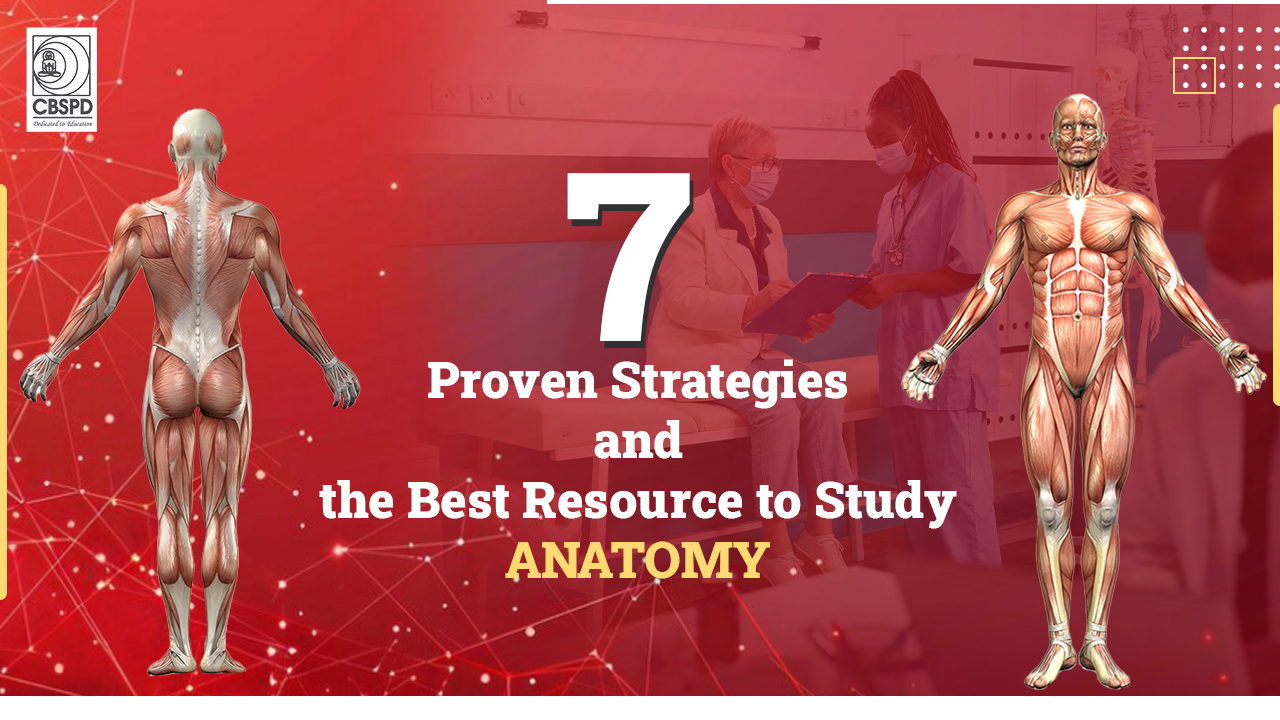
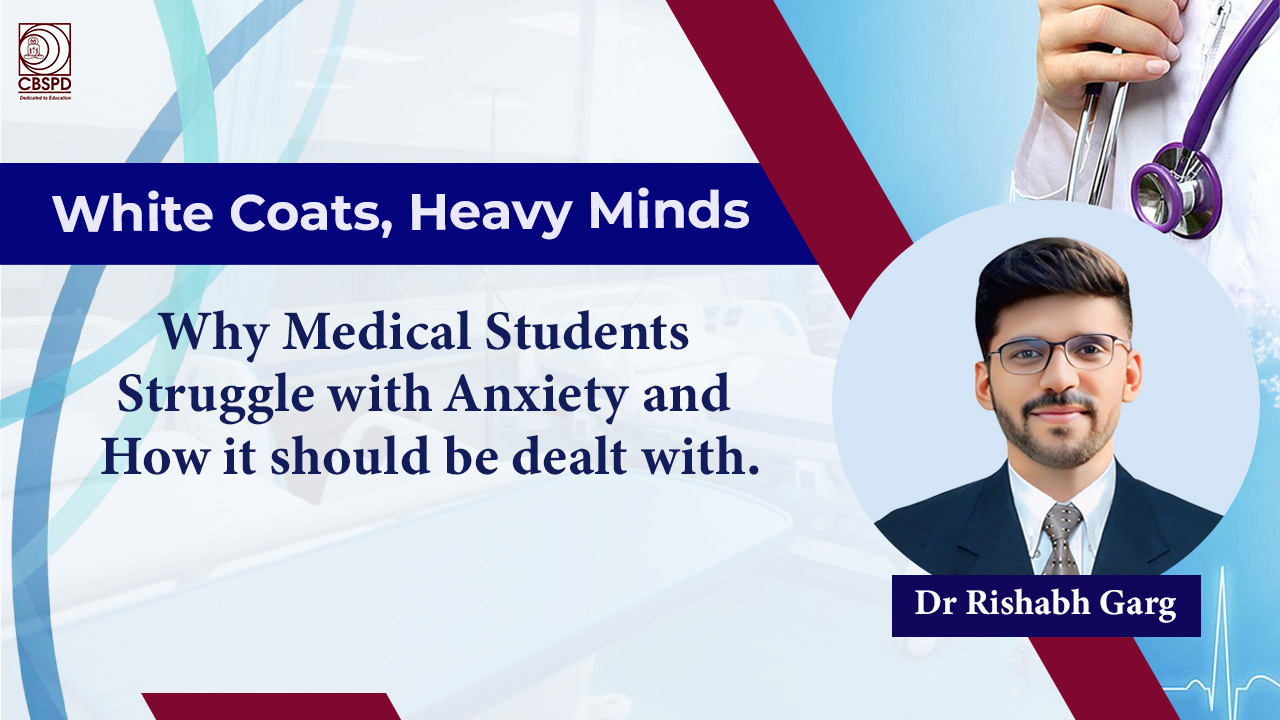
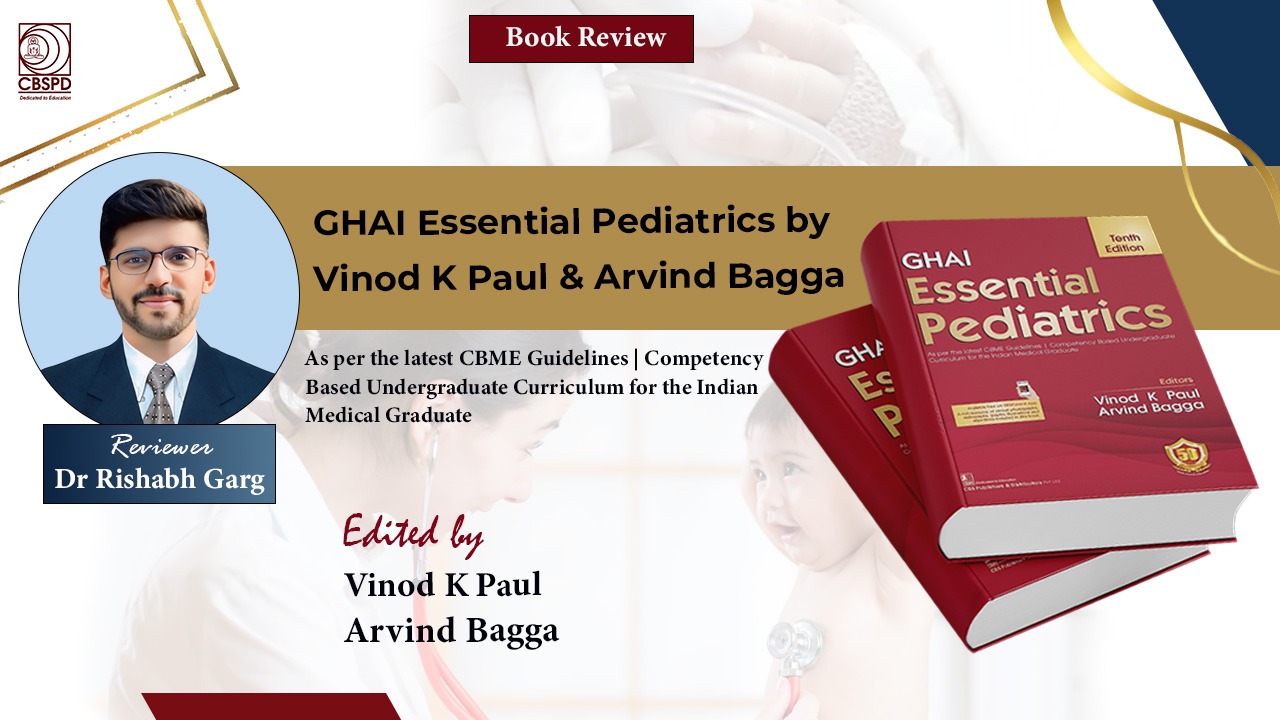
.jpg)
.jpg)
.png)